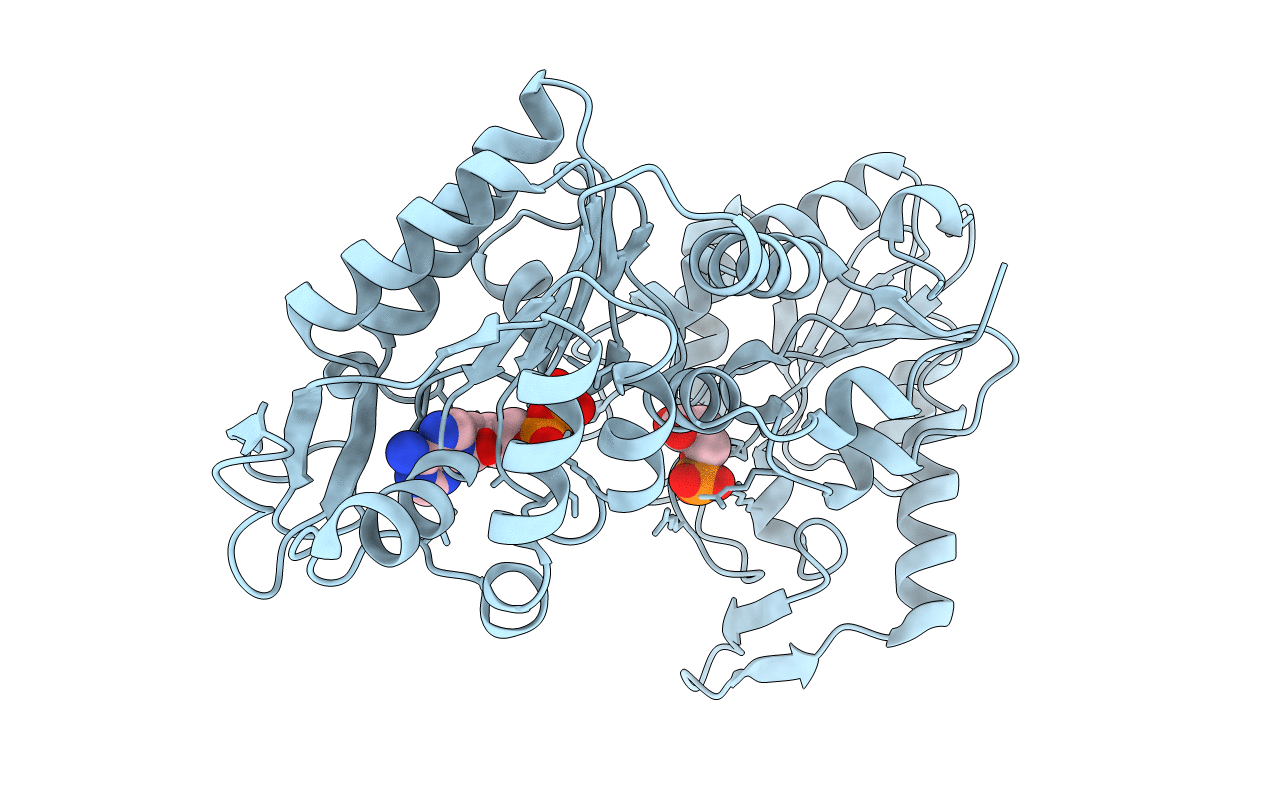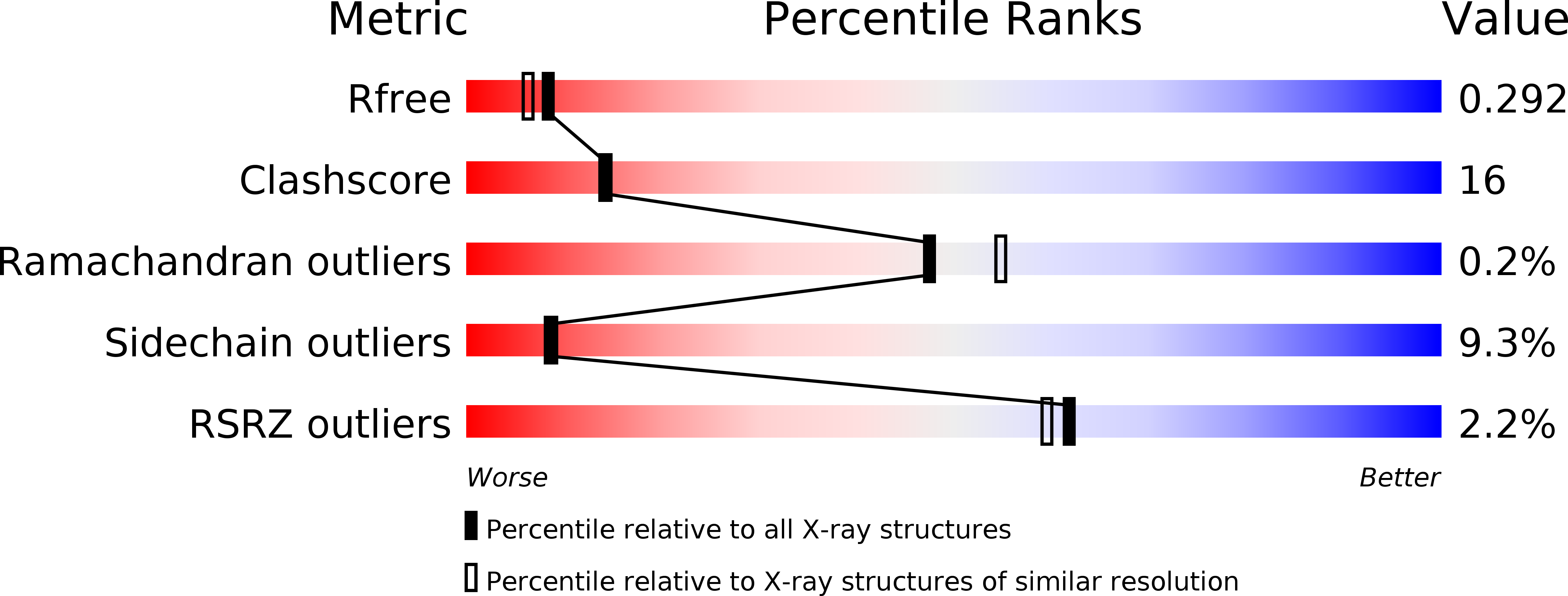
Deposition Date
2010-05-11
Release Date
2011-01-19
Last Version Date
2023-12-20
Entry Detail
PDB ID:
2XE7
Keywords:
Title:
The complete reaction cycle of human phosphoglycerate kinase: The open ternary complex with 3PG and ADP
Biological Source:
Source Organism:
HOMO SAPIENS (Taxon ID: 9606)
Host Organism:
Method Details:
Experimental Method:
Resolution:
2.20 Å
R-Value Free:
0.28
R-Value Work:
0.22
R-Value Observed:
0.22
Space Group:
P 21 21 2


